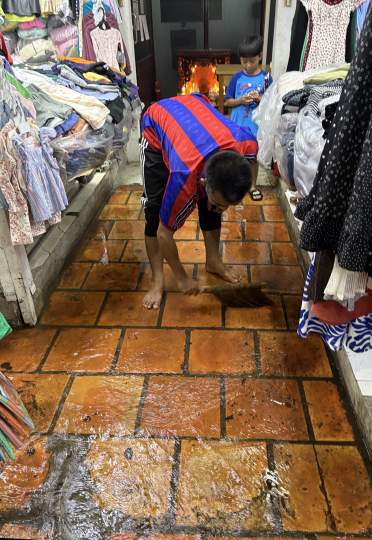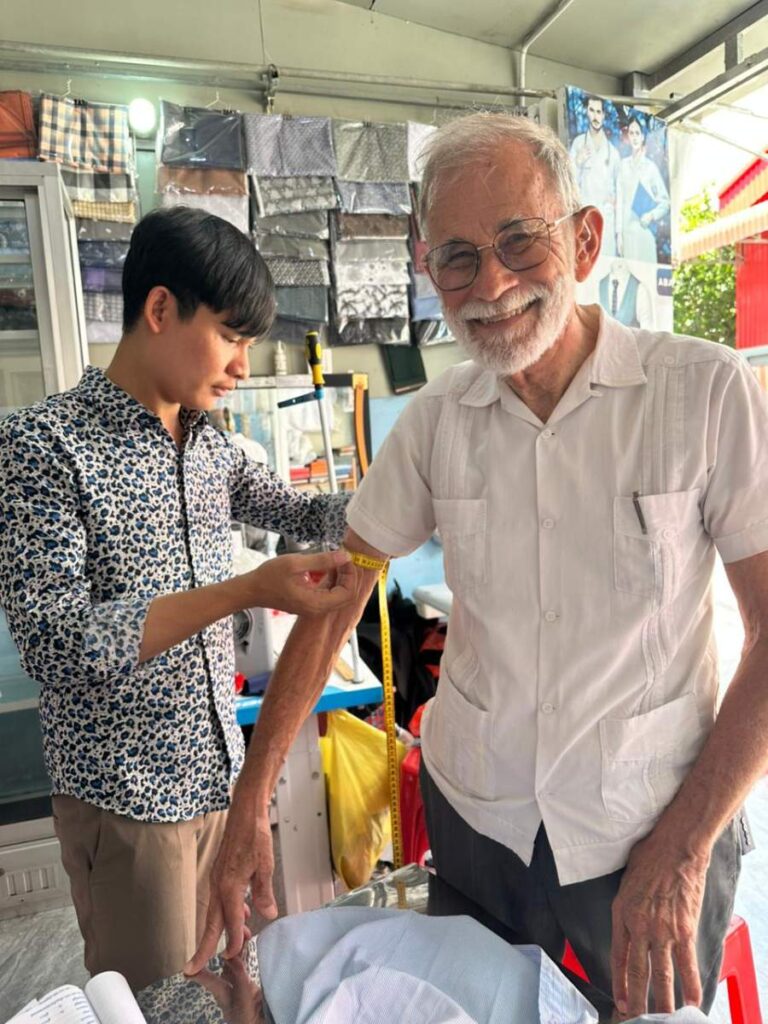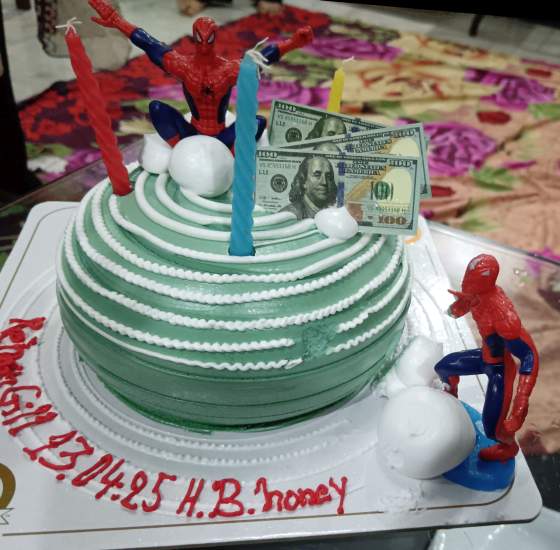The owner of the apartment that I am borrowing asked me for some photos of it to see if he needs to make changes. When taking pictures of the living room, I noticed the difference in color in the chair on the left and its matching sofa on the right. I had the chair cleaned when my backpack leaked on it and that may have lightened the color. Now I think I’ll need to clean the sofa to see what that does.














